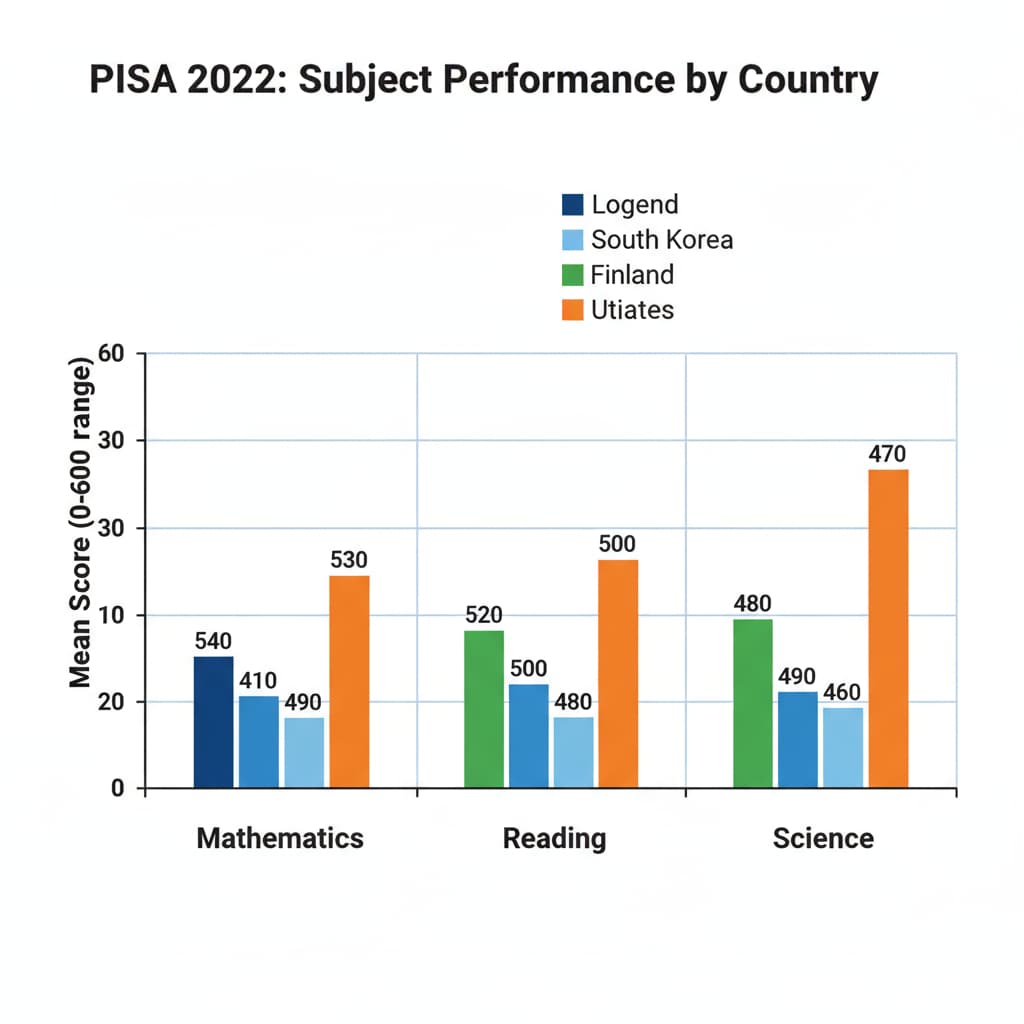PISA, school statistics, and education data are essential elements in the realm of K12 education. In today’s data-driven era, understanding how to collect and utilize these data can significantly impact educational quality and student outcomes. PISA, or the Programme for International Student Assessment, is a globally recognized assessment that provides valuable insights into students’ knowledge and skills in reading, mathematics, and science.
The Significance of PISA in Education
PISA serves as a powerful tool for several reasons. Firstly, it allows countries to compare their education systems on an international scale. By looking at how students from different nations perform, educators and policymakers can identify areas of strength and weakness. For example, a country might discover that its students excel in mathematics but struggle in reading comprehension. This information can then be used to allocate resources more effectively. PISA on Wikipedia

Data Collection Methods for PISA
The data collection for PISA is a meticulous process. It involves sampling students from a representative range of schools across participating countries. These students are then assessed through a combination of written tests and questionnaires. The questionnaires gather information about students’ backgrounds, learning environments, and attitudes towards learning. This comprehensive approach ensures that the data collected provides a well-rounded view of students’ capabilities and the factors influencing their performance. Official PISA website

In addition to PISA, school statistics also play a vital role. Schools collect data on various aspects such as student attendance, grades, and disciplinary records. These data can be used to monitor individual student progress and identify trends within the school. For example, if a particular class has a consistently high absentee rate, it could indicate underlying issues that need to be addressed.
Educators can use PISA and school data to adjust their teaching methods. If PISA results show that students are struggling with a certain mathematical concept, teachers can design targeted lessons to reinforce that knowledge. Similarly, school-level data can help teachers understand the unique needs of their students and provide personalized support.
Readability guidance: By understanding the importance of PISA, school statistics, and education data, educators and policymakers can make informed decisions to drive K12 education forward. These data are not just numbers; they are the keys to unlocking educational improvement and ensuring better outcomes for students.


